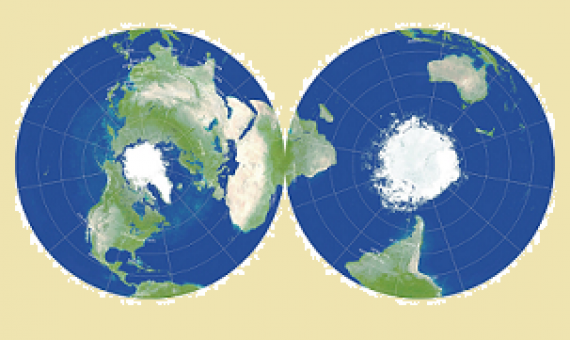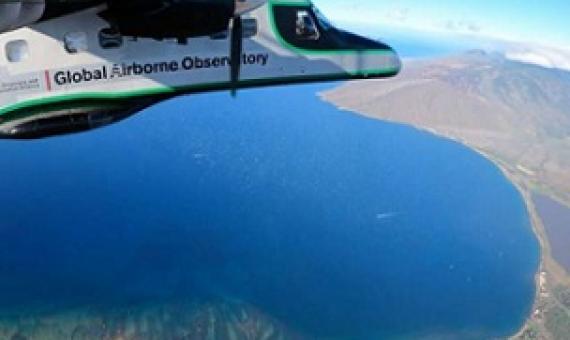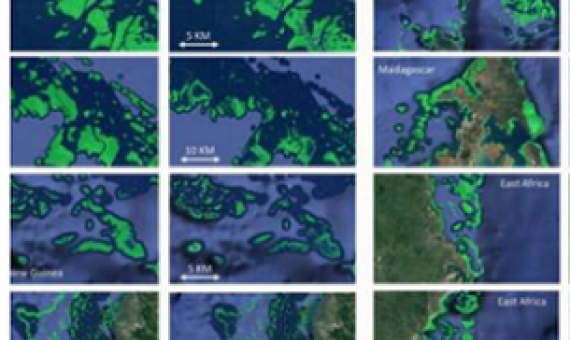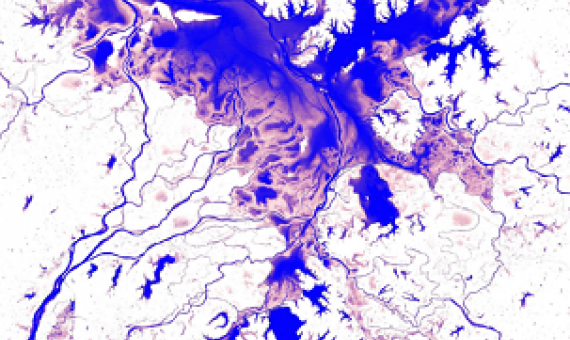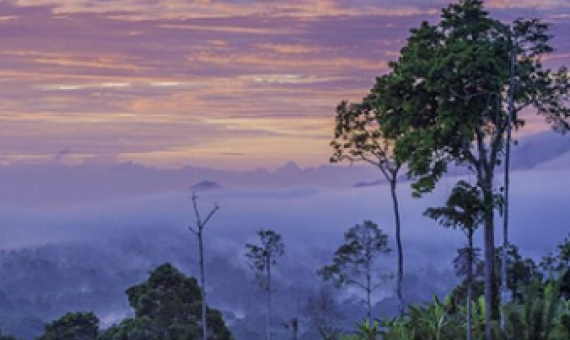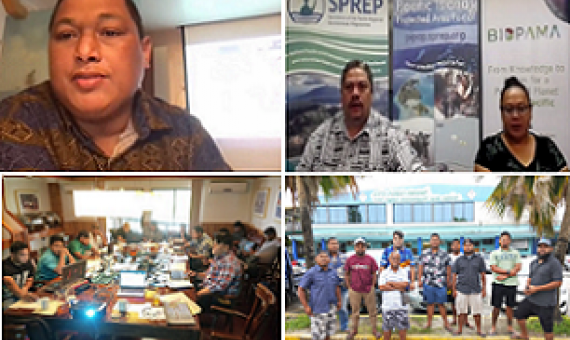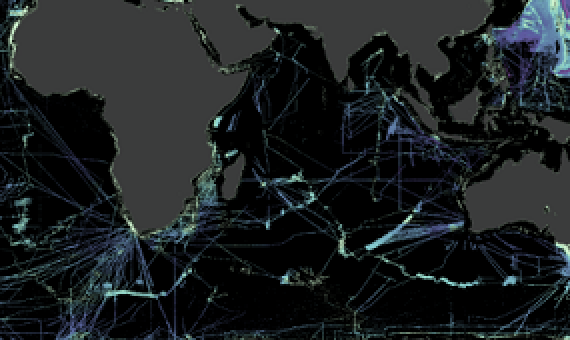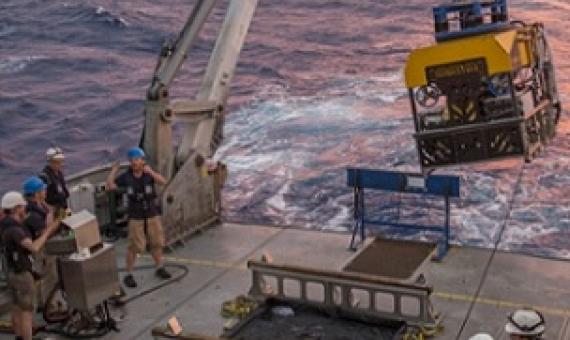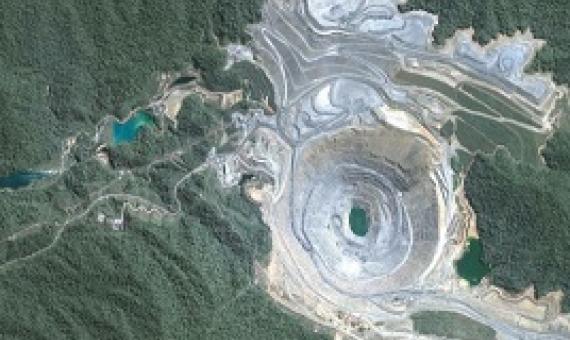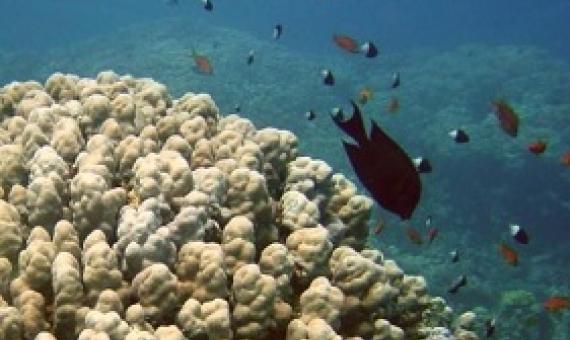The problem of how to depict the curved surface of the Earth on a flat map has troubled cartographers for centuries. There are many ways of doing it, but they all have downsides. Take one of the most famous: the cylindrical Mercator projection, used by Google Maps.
Coral reefs are one of the most biodiverse ecosystems on the planet supporting an estimated 25 percent of all marine species.
Nearly 75% of the world's coral reefs are under threat from global stressors such as climate change and local stressors such as overfishing and coastal development.
The Atlas of Global Surface Water Dynamics created by the European Commission's Joint Research Center (JRC) illustrates the changes in the Earth's lakes, rivers and wetlands over time.
Terrestrial ecosystems are defined in large part by their woody plants.
Protected area practitioners and stakeholders of the Republic of the Marshall Islands (RMI) are now equipped with the skills to produce basic maps of protected and conserved areas following an online, virtually delivered training on the upgraded tools and features of the Pacific Islands Prot
A group of scientists has successfully mapped one-fifth of the world’s ocean floor, a significant milestone for the team on its mission to measure every depth and recess of the planet's seabed by the end of the decade. With about 71 per cent of our planet’
NOAA today announced it will formalize and expand its longstanding partnership with Schmidt Ocean Institute to explore, characterize and map the deep ocean and boost public understanding of the global ocean.
Satellites can help monitor industry and highlight environmental harm.
NASA has been using special cameras to check the threats underwater. However, it ended up in complex calculations and failed to understand the threats deeply.

